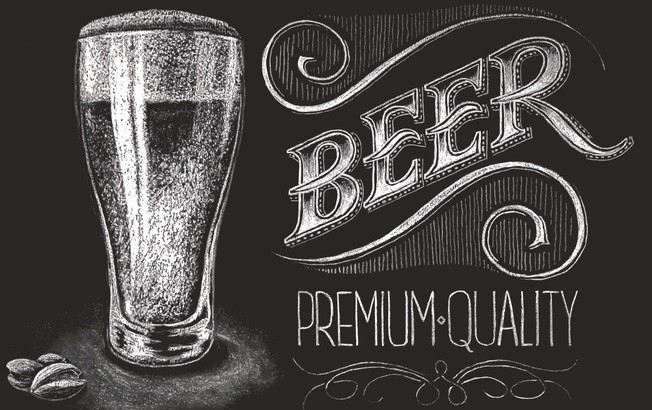The future of the beer market: ‘You can’t talk about growth without talking about premiumization’

The beer industry needs to make a mindset shift from volume to value as premiumization becomes all the more important, according to Hector Gorosabel, Asahi Europe’s CEO. He sees premiumization as a great opportunity for growth in today's European beer market.
But whether a brand is 'premium' or not has to be justified by elements such as authenticity and experience - and ultimately it's the consumer who decides whether a brand is worthy to be considered premium.
From volume to value
Volume growth has been difficult for European brewers, with the market seeing a 1.1% CAGR decline in volume over the last 10 years. Meanwhile, value has risen by 0.5% CAGR.
The beer industry has faced a number of challenges: the economic crisis of 2008-2009; tighter regulations; and increased competition, to name a few. But these should not be used as excuses, says Gorosabel: the future of the beer industry holds plenty of opportunities.
And if the beer industry wants to enjoy a robust future, Gorosabel says premiumization will be key: “You can’t talk about growth without talking about premiumization,” he told attendees at the International Beer Strategies Conference in Barcelona last week.
In Europe, Asahi now owns Peroni and Grolsch alongside the former SABMiller central and European businesses, following AB InBev’s takeover of SABMiller.
The big brewers in the European market need to approach beer differently if they are to embrace the future, said Gorosabel. “We have traditionally survived on volume. Volume is not the way to win anymore. You have to make a mindset change.
“We need to focus on offering consumers more interesting, exciting experiences: it’s no longer just about offering a beer, it’s about offering an experience.”
The beer industry is adapting and making changes: but a more concerted effort will be required in the future, he added.
The making of a premium brand
So what makes a brand premium? According to Gorosabel, it comes down to authenticity; taste; brand story; experience; visual identity; and price.
But price should be a result of the other factors, not a factor by itself, said Gorosabel. “We should not be charging more money if we cannot deliver all of these [other] things,” he said.
“Premium pricing is not an objective, it is an outcome.”
As an example of authenticity, he points to Peroni, which is produced almost entirely in Italy (with the current exception of the Australian market). Peroni uses an Italian maize blend, Nostrano dell’Isola, which is developed between the rivers Adda and Brembo near Bergamo in northern Italy.
And the success of the craft beer industry is further proof of the importance of authenticity, added Gorosabel.
Similarily, brand stories need to emphasise authenticity and go deeper than before, with consumers wanting to know lots of information about their beer.
In an age of premiumization, experience has become even more important – most often applying to social occasions.
“The experience is absolutely paramount,” said Gorosabel. “Consumers are no longer buying a product: they are buying an experience.”
Premium: Do you deserve it?
Brands may set out to make a premium product: but whether something is ‘premium’ or not is actually determined by the consumer, not the brand, said Mark Sandys, global head of beer and Baileys, Diageo, also speaking at the conference.
“Premiumization is an outcome rather than an objective,” he said. “It’s what happens when you’re at your best; when you can bring unique and interesting stories to the consumer.
“Ultimately, premiumization depends on whether your customer or consumer thinks you deserve it. You might think you deserve it because the cost of making it was higher, but ultimately you’ve got to deserve it in the eyes of the consumer."






